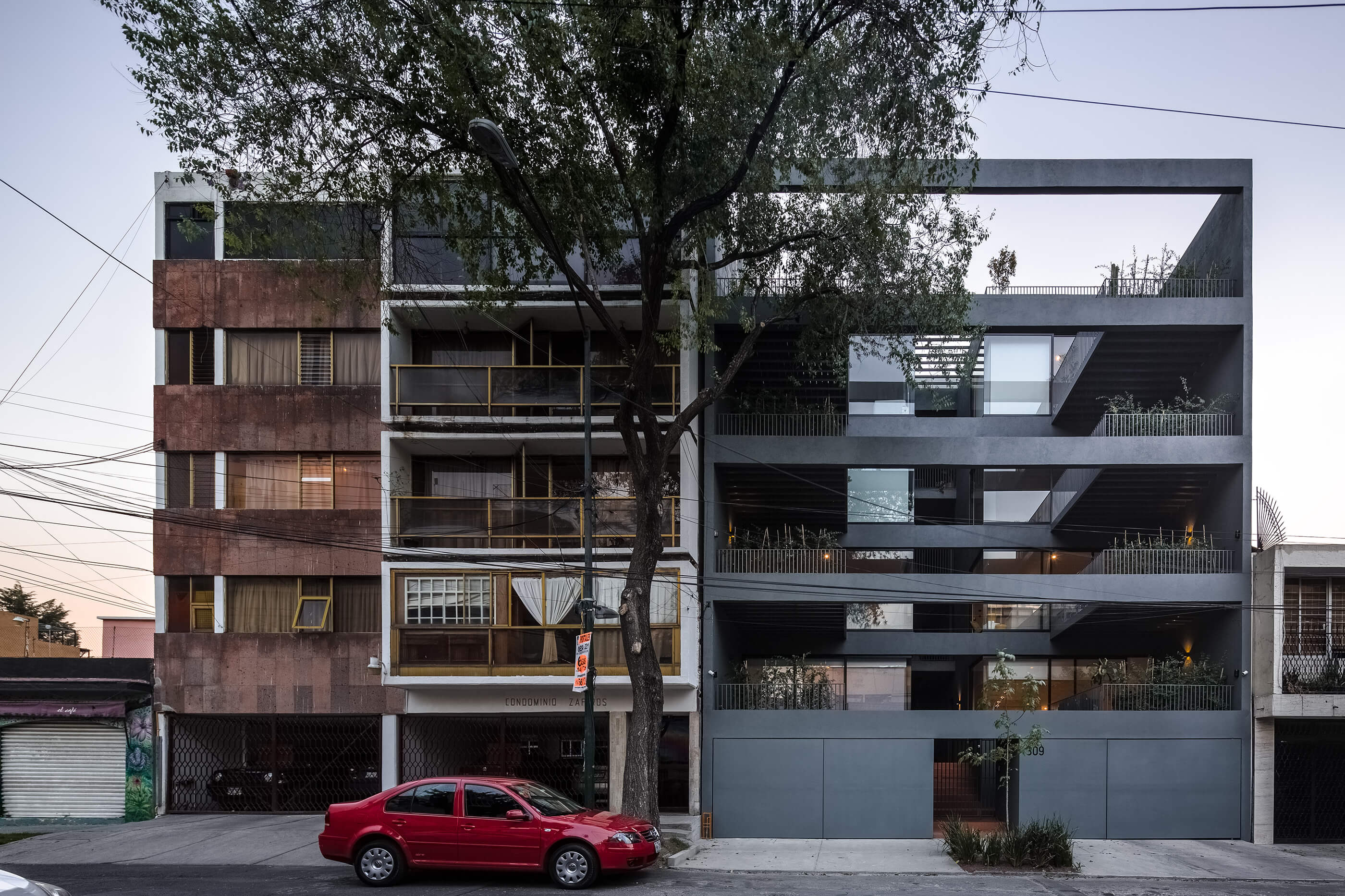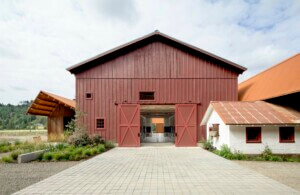This article is part of our series of profiles on the Architectural League of New York’s 2021 Emerging Voices winners. The full list can be found here.
Mexico City–based Taller Capital (TC), led by architects José Pablo Ambrosi and Loreta Castro Reguera, is inconspicuously rehabilitating the Mexican urban fabric with public space projects in marginalized areas. Their research-based design practice was prompted by Castro’s longtime exploration of integral water systems. “Rather than focusing on gigantic projects that propose unreachable results, such as turning an airport into a lake,” Ambrosi said, “Loreta developed a philosophy of ‘hydro-urban acupuncture,’ working from the bottom up with solutions that can transform water management and culture.”
In 2019, TC built three parks as part of a public program for urban improvement in segregated cities. “I believe the future of Mexican architecture lies in looking at the other 80 percent,” Castro affirmed. In Ecatepec, an abandoned, fenced-in strip of land was turned into a stepped park, each terrace filled with tezontle volcanic rock that filters water from the hillside and holds back floods in the area. In Tijuana, a riverbed with ten years of accumulated rubble was shaped into platforms held back with sloped llantimuro walls made of rubber tires, a local construction method. And in the desert town of Nogales, the architects designed stone gabion walls to surround an existing dam and an open-air plaza that doubles as an overlook.

While public space projects have become the norm for TC, housing is its backbone. There, the firm’s work remains austere. “We don’t make pretty architecture,” Ambrosi clarified. “We set our own restrictions, reduce the material palette down to the minimum, and look at geometry, spatial composition, vegetation.” A former auto body shop in a Mexico City neighborhood afflicted by social issues, for example, was transformed into an apartment building and storefront honoring the site’s heritage of vecindades, a common type local of housing, by adding threshold transitions and patios. “Our experience also has led us to develop the muscle necessary to pull out good architecture from the rubble,” Ambrosi said.











